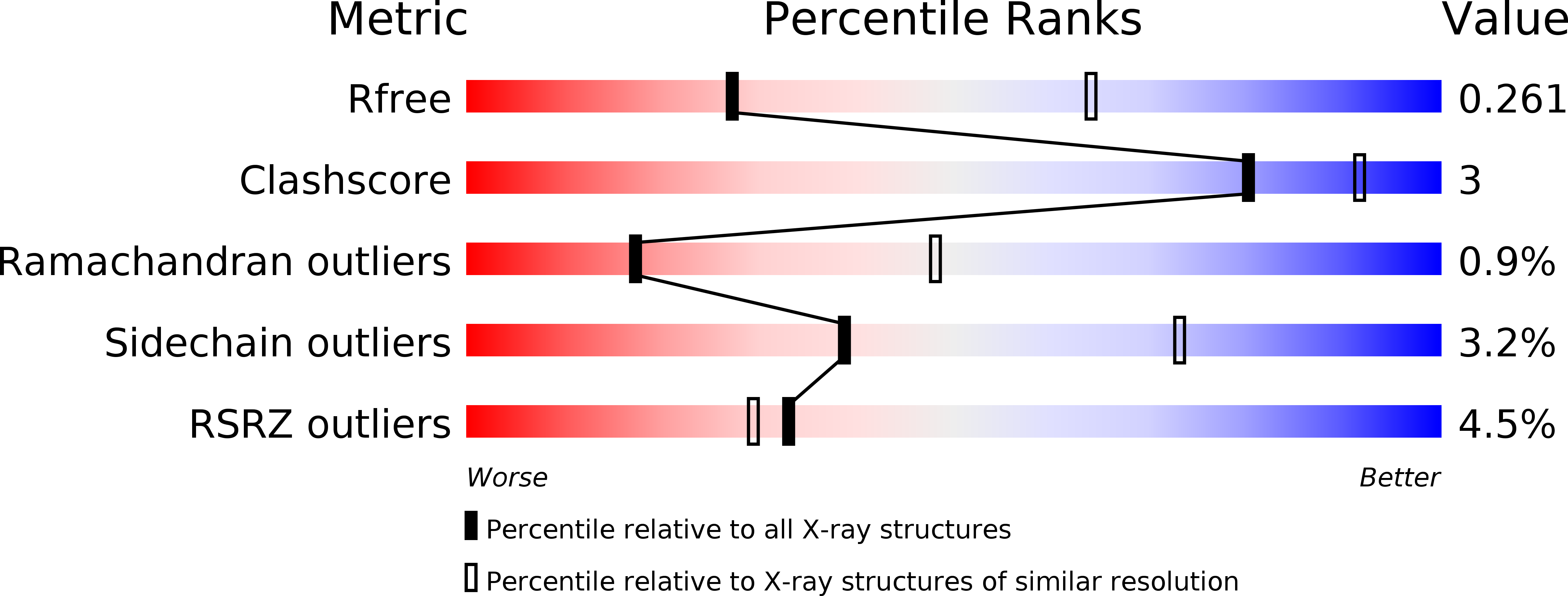
Deposition Date
2016-11-14
Release Date
2017-08-23
Last Version Date
2024-05-08
Entry Detail
PDB ID:
5ME6
Keywords:
Title:
Crystal Structure of eiF4E from C. melo bound to a CAP analog
Biological Source:
Source Organism:
Cucumis melo (Taxon ID: 3656)
Host Organism:
Method Details:
Experimental Method:
Resolution:
2.90 Å
R-Value Free:
0.26
R-Value Work:
0.22
R-Value Observed:
0.22
Space Group:
P 21 21 21


